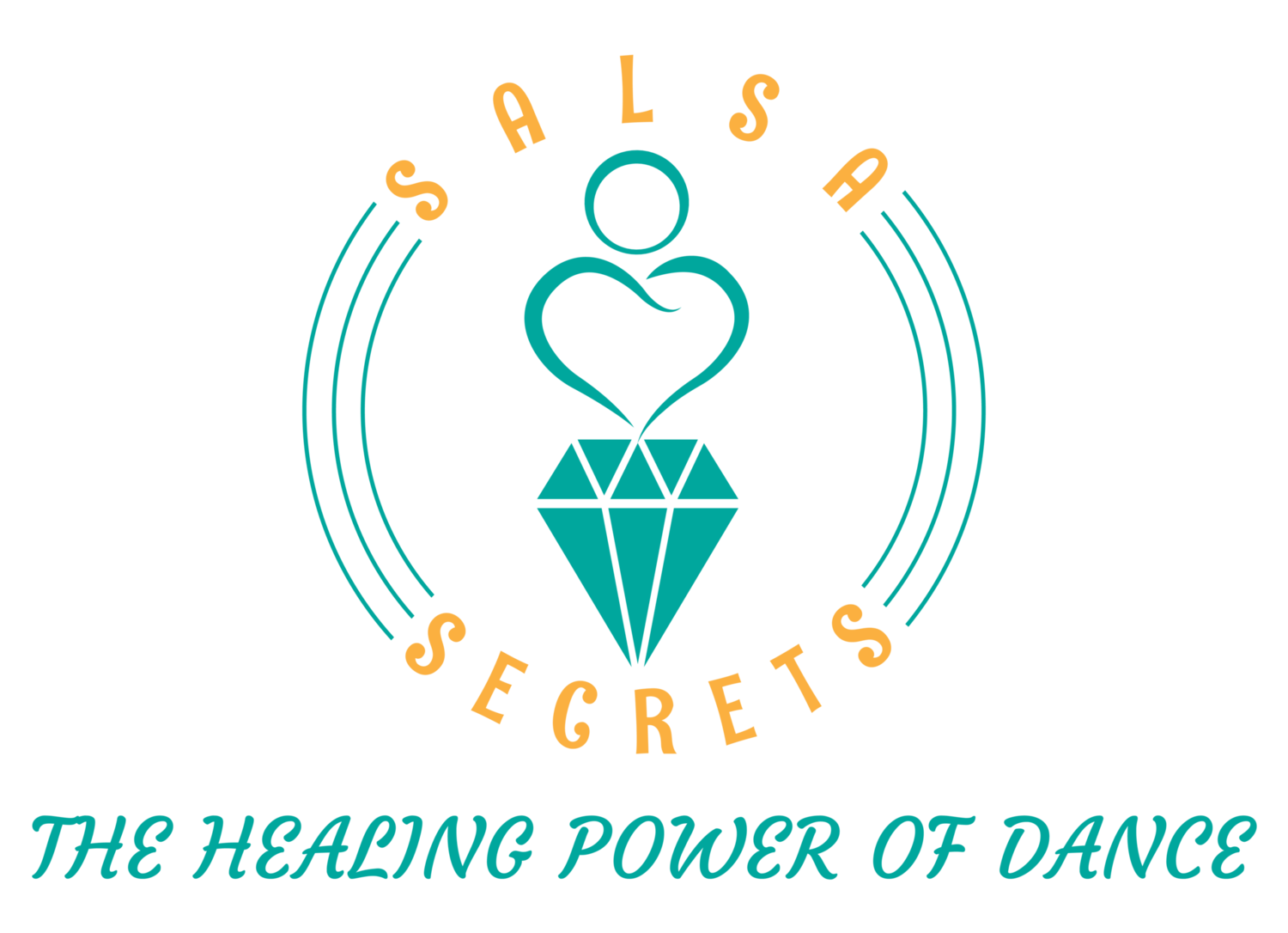Cuban Salsa, also known as Casino, is a dance style that oozes passion, energy, and an irresistible rhythm that can make anyone's hips sway. Originating in the streets of Havana, Cuba, this lively dance has gained worldwide popularity for its unique fusion of African and Spanish influences, making it an essential part of Cuban culture. In this blog, we'll dive into the vibrant world of Cuban Salsa, exploring its history, music, dance techniques, and its enduring appeal.
The Roots of Cuban Salsa
Cuban Salsa's roots can be traced back to the rich cultural tapestry of Cuba. It was influenced by a variety of dance and music styles, including Afro-Cuban rhythms and Spanish guitar melodies. Casino, as it is known in Cuba, was originally a social dance, often performed in the streets, clubs, and family gatherings. Its free-spirited nature allowed people to express themselves through the dance, making it a beloved part of Cuban culture.
The Dance of Connection
What sets Cuban Salsa apart from other salsa styles is its unique partner connection and the circular motion of the dance. Dancers often move in a "rueda" (wheel) formation, where partners switch and perform synchronized moves together. The lead and follow roles in Cuban Salsa are equally important, creating a dynamic and engaging experience for all involved. While it is common to see Rueda Style, in modern day, it is also common to see partners dancing Cuban Salsa without partner exchanges.
The music of Cuban Salsa is as vital as the dance itself. Traditional Cuban Salsa music features a blend of rhythms from son, mambo, and cha-cha-cha, with the heartbeat of the dance being the clave – a rhythmic pattern that serves as a foundation for all the movements. Iconic instruments like the congas, bongos, and maracas infuse Cuban Salsa with a lively, percussive energy that gets dancers moving to the groove.
Cuban Salsa in the Modern World
Cuban Salsa has transcended its Cuban origins to become a global phenomenon. You can find salsa schools and socials in nearly every corner of the world, where dancers come together to embrace the spirit of Cuba. Many cities host Cuban Salsa festivals, bringing enthusiasts from diverse backgrounds together to celebrate the dance, music, and culture of Cuba.
The appeal of Cuban Salsa lies in its accessibility. You don't need to be a professional dancer to enjoy it. The joy of the dance can be experienced by people of all ages and backgrounds. Salsa is about expressing yourself, connecting with your partner, and enjoying the music. Whether you're a beginner or an experienced dancer, there's always room for growth and self-expression on the dance floor.
The Cultural Impact
Cuban Salsa's global presence has not only enriched the world of dance but also contributed to the promotion of Cuban culture. Through this dance, people learn about the history and traditions of Cuba, forging a deeper connection with the country and its people.
Cuban Salsa is more than just a dance; it's a cultural experience that captures the essence of Cuba's rich heritage. With its spirited music, engaging partner connection, and universal appeal, it's no wonder that Cuban Salsa has become a beloved dance style worldwide. Whether you're looking to spice up your social life, connect with a partner, or simply embrace the rhythm of life, Cuban Salsa invites you to join the party. So, put on your dancing shoes, let the music move your soul, and embrace the Cuban spirit on the dance floor!
We are happy to teach Cuban Salsa at our date nights, special workshops and even as wedding choreography!
